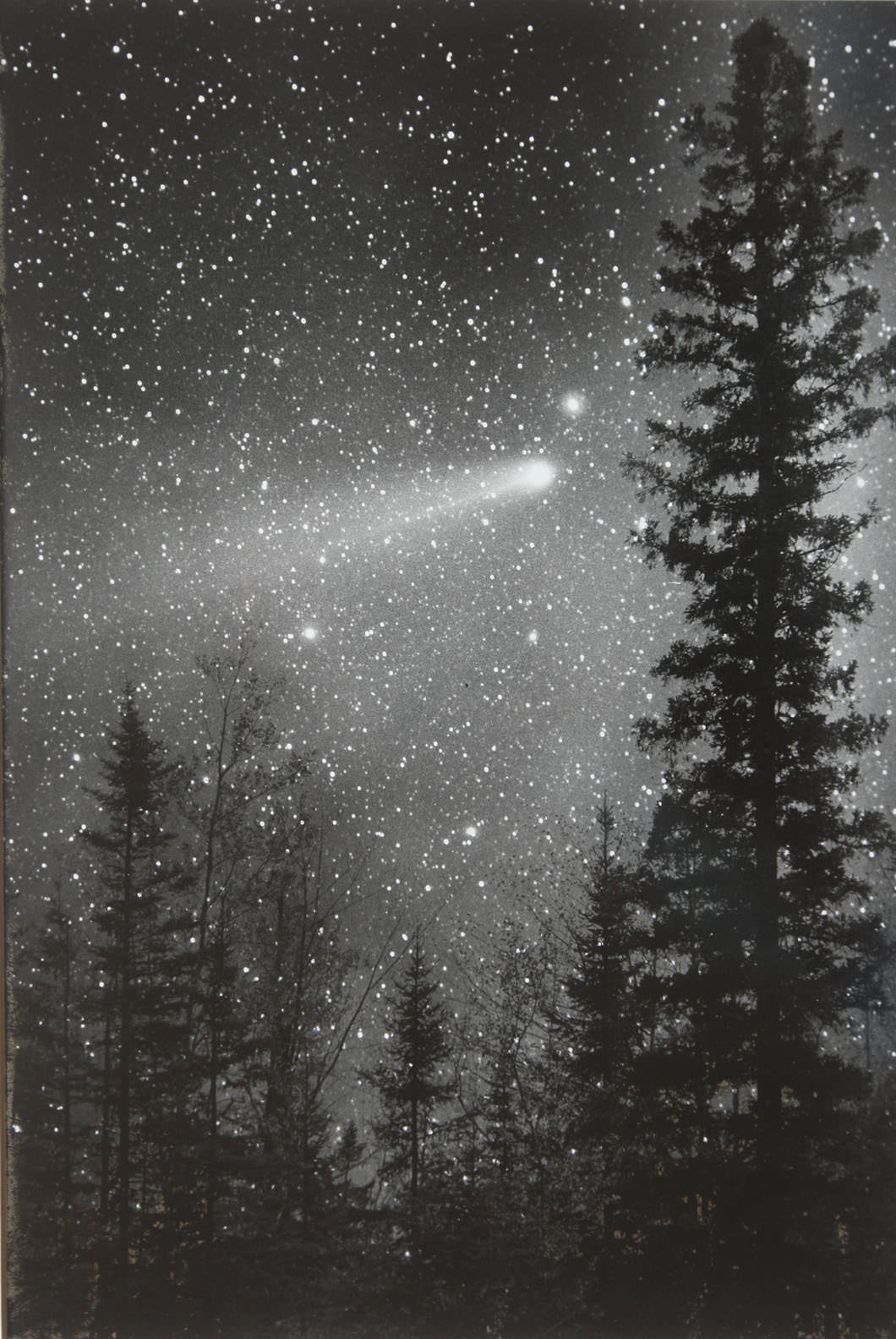The idea of panspermia -- that life on Earth originated from comets or asteroids bombarding our planet -- is not new. But new research may have given the theory a boost. Scientists from Japan say their experiments show that early comet impacts could have caused amino acids to change into peptides, becoming the first building blocks of life. Not only would this help explain the genesis of life on Earth, but it could also have implications for life on other worlds.
Dr. Haruna Sugahara, from the Japan Agency for Marine-Earth Science and Technology in Yokahama, and Dr. Koichi Mimura, from Nagoya University said they conducted "shock experiments on frozen mixtures of amino acid, water ice and silicate (forsterite) at cryogenic condition (77 K)," according to
their paper
. "In the experiments, the frozen amino acid mixture was sealed into a capsule ... a vertical propellant gun was used to [simulate] impact shock."
They analyzed the post-impact mixture with gas chromatography, and found that some of the amino acids had joined into short peptides of up to 3 units long (tripeptides).
Based on the experimental data, the researchers were able to estimate that the amount of peptides produced would be around the same as had been thought to be produced by normal terrestrial processes (such as lighting storms or hydration and dehydration cycles).
[caption id="attachment_37632" align="alignleft" width="200"]
Artists concept of the stardust spacecraft flying throug the gas and dust from comet Wild 2. Credit: NASA/JPL[/caption]"This finding indicates that comet impacts almost certainly played an important role in delivering the seeds of life to the early Earth," said Sugahara. "It also opens the likelihood that we will have seen similar chemical evolution in other extraterrestrial bodies, starting with cometary-derived peptides."
The earliest known fossils on Earth are from about 3.5 billion years ago and there is evidence that biological activity took place even earlier. But there's evidence that early Earth had little water and carbon-based molecules on the Earth's surface, so how could these building blocks of life delivered to the Earth's surface so quickly? This was also about the time of the Late Heavy Bombardment, and so the obvious answer could be the collision of comets and asteroids with the Earth, since these objects contain abundant supplies of both water and carbon-based molecules.
[caption id="attachment_36383" align="alignleft" width="250"]
A view of NASA's Deep Impact probe colliding with comet Tempel 1, captured by the Deep Impact flyby spacecraft's high-resolution instrument.[/caption]
Space missions to comets are helping to confirm this possibility. The 2004 Stardust mission found the amino acid when it collected particles from Comet Wild 2. When NASA's Deep Impact spacecraft crashed into Comet Tempel 1 in 2005, it discovered a mixture of organic and clay particles inside the comet. One theory about the origins of life is that clay particles act as a catalyst, allowing simple organic molecules to get arranged into more and more complex structures.
The news from the current Rosetta mission to comet 67P/Churyumov-Gerasimenko also indicates that comets are a rich source of materials, and more discoveries are likely to be forthcoming from that mission.
[caption id="attachment_120654" align="aligncenter" width="548"]
Jets of gas and dust are blasting from the active neck of comet 67P/Churyumov-Gerasimenko in this photo mosaic assembled from four images taken on 26 September 2014 by the European Space Agency's Rosetta spacecraft at a distance of 26.3 kilometers (16 miles) from the center of the comet. Credit: ESA/Rosetta/NAVCAM/Marco Di Lorenzo/Ken Kremer/kenkremer.com[/caption]
"Two key parts to this story are how complex molecules are initially generated on comets and then how they survive/evolve when the comet hits a planet like the Earth," said Professor Mark Burchell from the University of Kent in the UK, commenting on the new research from Japan. "Both of these steps can involve shocks which deliver energy to the icy body… building on earlier work, Dr. Sugahara and Dr. Mimura have shown how amino acids on icy bodies can be turned into short peptide sequences, another key step along the path to life."
"Comet impacts are normally associated with mass extinction on Earth, but this works shows that they probably helped kick-start the whole process of life in the first place," said Sugahara. "The production of short peptides is the key step in the chemical evolution of complex molecules. Once the process is kick-started, then much less energy is needed to make longer chain peptides in a terrestrial, aquatic environment."
The scientists also indicated that similar "kickstarting" could have happened in other places in our Solar System, such as on the icy moons Europa and Enceladus, as they likely underwent a similar comet bombardment.
Sugahara and Mimura presented their findings at the
Goldschmidt geochemistry conference
in Prague, going on this week.
 Universe Today
Universe Today
